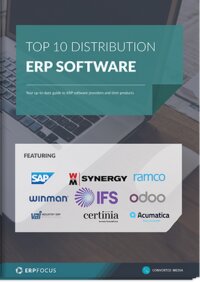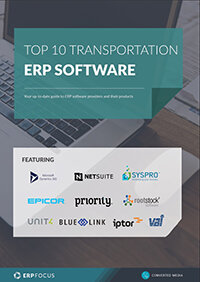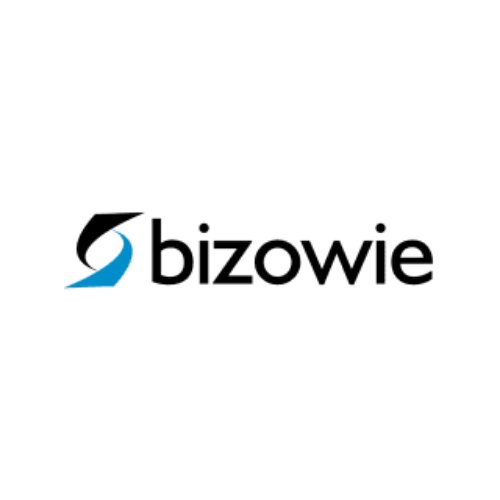Five ERP features for innovative distributors
The business landscape for wholesale distributors has never been more complex. Price pressure from customers facing a highly competitive landscape, increased competition from manufacturers selling directly to retailers, and the growth of “big-box” online marketplaces like Amazon have pushed mid-market distributors to innovate or become obsolete.
But with great challenges come great opportunities. Wholesale distribution in the United States is a $7.8 trillion industry, and the changes in the competitive landscape have opened up new opportunities for cutting-edge distributors to position themselves as leaders in their verticals.
Cutting-edge features found in modern ERP solutions can help wholesale distributors easily make the most of these opportunities and gain a strategic edge over the competition. Just a few of these features include:
1. Strong mixed-mode (wholesale and retail) functionality
Many distributors are forced to leave opportunities to sell direct-to-retail on the table because their wholesale-oriented software doesn’t offer sufficient functionality to handle retail sales (or requires time-consuming manual processes that aren’t a good fit for small retail orders). Choosing a software solution with key retail features like sales tax management, e-commerce integration, and multi-channel capabilities mean you can leverage mixed-mode strategies while staying profitable.
2. Online B2B e-commerce capabilities
B2B e-commerce portals provide an easy way for distributors to differentiate themselves from the competition while cutting costs. Modern B2B solutions allow your customers to log in, browse your product catalog, check stock availability, place orders online, track packages, and even pay invoices electronically – without taking up customer service time. And while legacy ERP products often provided clunky and hard-to-use interfaces, modern portal products are inspired by e-commerce and offer intuitive user interfaces with a user-friendly look and feel.
3. Advanced margin analysis
If you’re selling across multiple channels, offering customer-specific pricing and discounts, or combining retail and wholesale efforts, looking at the Net Income line on your income statement won’t cut it. Choose an ERP solution that allows you to capture all your direct and indirect costs (including shipping costs, landed costs, channel fees, and commissions) and report on your margins across channels, rep groups, customers, etc.
4. Electronic Data Interchange (EDI)
EDI technology allows ERP systems to communicate with each other electronically, allowing full automation of purchase order submission, invoice issuance, etc. As EDI becomes more prevalent, more and more retailers are requiring their suppliers to use EDI. Using EDI integrations within your ERP allows you to sell to larger customers and reduce manual data entry and errors in processing.
5. Out-of-the-box customization capabilities
Implementations of some ERP products are heavy on the creation of custom code to achieve customers’ needs, while more modern solutions support built-in customization capabilities, allowing users to tailor the system’s workflows, reports, printed documents, and fields without specialized programming. These built-in capabilities allow customers to rapidly pivot, improve workflows, and take advantage of new opportunities without reimplementation.
For more insights from Bizowie visit their website to read their blog.
Free white paper

7 steps to selecting distribution ERP
Get expert advice on distribution ERP selection and requirements analysis

Featured white papers
-

Top 10 Distribution Software Comparison
Compare the best distribution ERP systems available today
Download -

Top 10 Transportation ERP Software Comparison
Get your free comparison of the top 10 transportation ERPs
Download -

7 steps to selecting distribution ERP
Get expert advice on distribution ERP selection and requirements analysis
Download
Related articles
-

ERP for Food Distributors: Key Functionality
In a modern world where products are tailored to consumers, why should ERP for food distributors ...
-

Secret KPI: Why Your ERP Implementation Team Matters More Than Software
Learn how Godlan ensures successful ERP implementation for manufacturers with proven strategies &...
-

ERP & Logistics: Optimizing the Supply Chain
Read about the steps you can take to optimize your supply chain through ERP software logistics ma...

